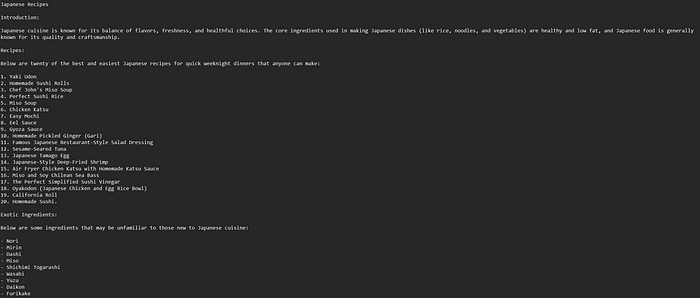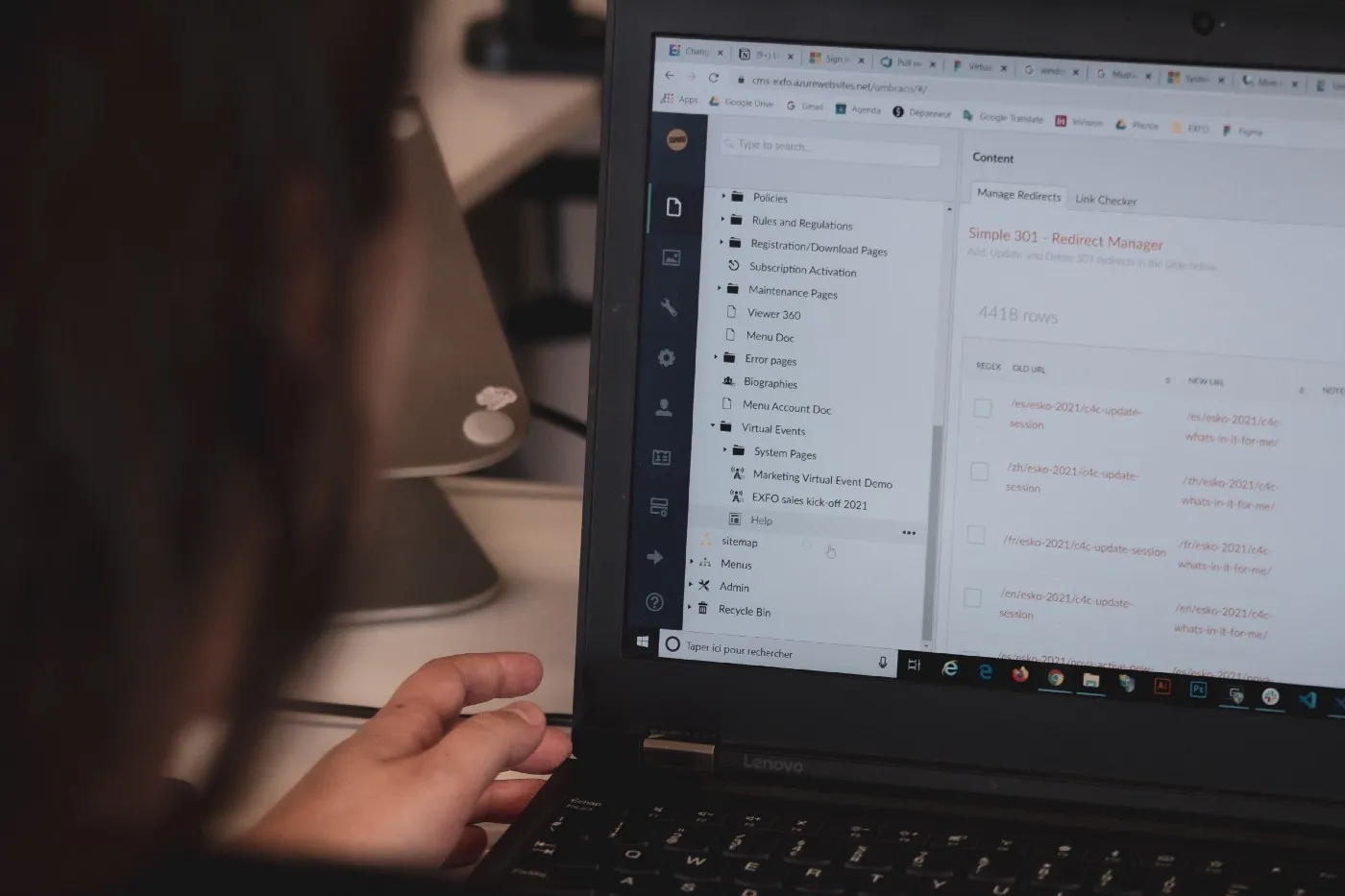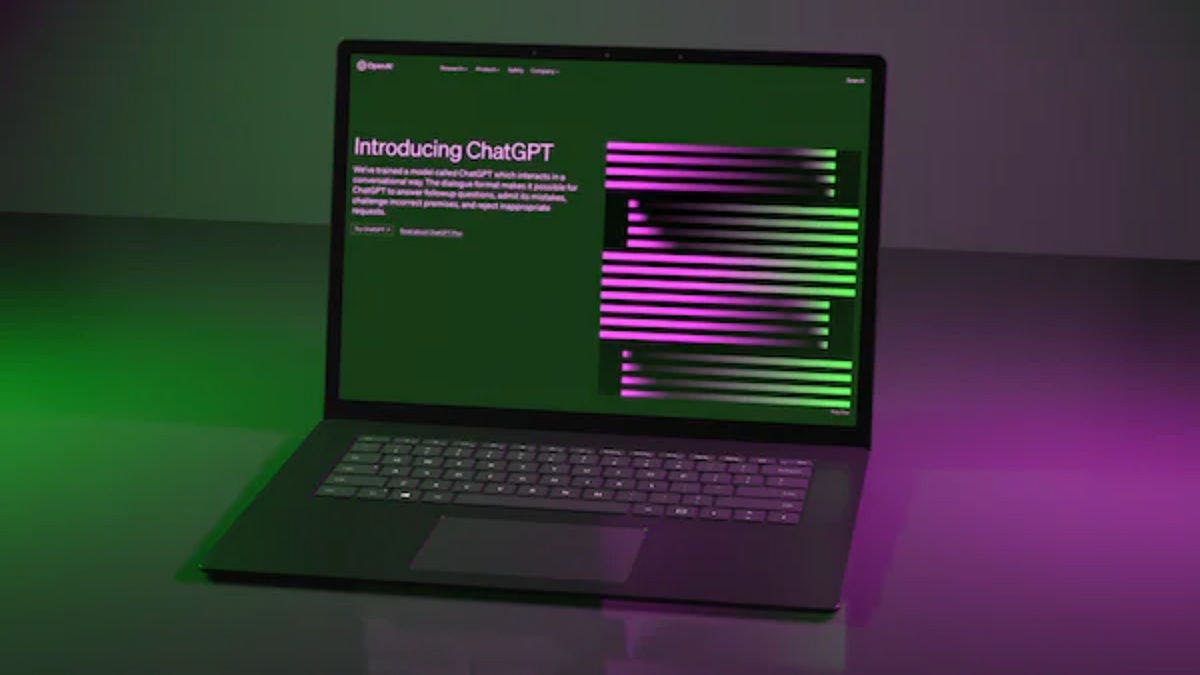While browsing through the latest AI-news I stumbled upon a new hot topic on github called “AutoGPT”. While I thought this will surely just be another GPT-Plugin or Chrome-Extension, I soon realized that it was a whole lot more.
What is AutoGPT and what can it do?
AutoGPT may very well be the next big step towards AGI that may revolutionize the way we work even more than ChatGPT alone did.
In short AutoGPT uses GPT-4 and GPT-3.5 via API to create full projects by iterating on its own prompts and by critically reviewing and building upon them in each iteration. It is able to read and write files, browse the web and review the results of its own prompts, as well as combining it with the said prompt history.
All you have to do is give it an AI-Name — like “RecipeBuilder”, add a description and 5 goals which the AI has to meet. After this is done AutoGPT will start doing its own thing, until the project is complete.
As a little disclaimer — I did realize that it was prone to fall into loops and make pointless requests if given too complicated tasks, but for simple jobs the outcomes are amazing.
Be warned that it will use credits from your OpenAI-account, but there are 18$ included in the free version. Also AutoGPT will ask you for permission after every prompt, so you can test a lot before it will cost you a dollar.
For coding
I tried doing some easy coding with it, and if Python is used, the results are pretty good (given the scripts are not too complicated). It struggled coding with other languages like Java in my case though. it is able to research data, put it into context and then make scripts with it, which is really astonishing in my point of view. It can even do tests for its own scripts.
Non-coding
Even more interesting are the non-coding results, if you just let it research a topic and build up knowledge to it and create the output for you. You can ask it to “make me rich” or to create full-fledged books with introduction and a fitting structure. For this article I’ll set AutoGPT up and let it create a recipe-book for the 20 best Japanese dishes, including explanations for exotic ingredients. You will find the setup-part at the end of the article called “set it up”.
Let’s create a Japanese recipe book
Here is my example of an app:
AI-description: An AI that researches the best Japanese recipes online and creates a local textfile containing the 20 best Japanese recipes
Goals:
Goal 1: Research the best 20 Japanese recipes
Goal 2: Create a recipe-book from it including an intro and outro for Japanese cuisine
Goal 3: give detailed information to exotic ingredients
Goal 4: give it a clear structure
Goal 5: save the output to a local textfile in the current directory
 It will start like this:
It will start like this:
 Note that it already critically reviews its own plans.
It then starts googling:
Note that it already critically reviews its own plans.
It then starts googling:
 After getting plenty of results, it starts to review the results and comes up with a refined plan:
After getting plenty of results, it starts to review the results and comes up with a refined plan:
 After browsing it will start to write into the file:
After browsing it will start to write into the file:
 The file then looking something like this:
The file then looking something like this:
 This is just crazy it created the recipe list, a list of exotic ingredients, an intro and started working. It added more and more to the file in iterations and the list would have gotten bigger and bigger — filled with information.
I did kill the application (by entering “n” instead of “y”) after some time, as I wanted to save my credits (you could come back later on though, as it has a built in memory).
It’s really crazy what AutoGPT can do already, not to think what applications like it will be able to do in some years or even months. It really is worth keeping an eye on the AI-news, I’m glad I’m here to witness AI making history.
As promised here’s the quick guide to set it up — visit GitHub
This is just crazy it created the recipe list, a list of exotic ingredients, an intro and started working. It added more and more to the file in iterations and the list would have gotten bigger and bigger — filled with information.
I did kill the application (by entering “n” instead of “y”) after some time, as I wanted to save my credits (you could come back later on though, as it has a built in memory).
It’s really crazy what AutoGPT can do already, not to think what applications like it will be able to do in some years or even months. It really is worth keeping an eye on the AI-news, I’m glad I’m here to witness AI making history.
As promised here’s the quick guide to set it up — visit GitHub
Set it up
If you want to try the new hot stuff out for yourself, it is not very complicated, but you will need to get the needed API-Keys and also some very entry level “coding” if you can call it that really. Be warned that it will use credits from your OpenAI-account, but there are 18$ included in the free version.
- First, go to github.com and find AutoGPT.
- Install and register the requirements
- Python 3.8 or later
- OpenAI API key
- PINECONE API key
- Also you can use an ElevenLabs API if you want it to output what it is doing via text-to-speech
3. Open your powershell or another commandline-tool and enter:
git clone <https://github.com/Torantulino/Auto-GPT.git>4. Then:cd 'Auto-GPT'5. Finally:pip install -r requirements.txt6. Navigate to your folder (On windows its current-user and then Auto-GPT) and rename: “.env.template” to “.env” and open it 7. Replace the Keys with your API-Keys 8. In Powershell/CMD run:python scripts/main.py9. Start building your project. As mentioned it will ask you for permission before prompting, you can also give it permission to do multiple prompts in a row if you write “y -n” with “n” being the number of permissions you will give. Disclaimer: There is also a risky “Chaos mode” (no asking for permission). Again — remember it uses credits from your account. You’ll use this application at your own risk. Be sure — if you use it correctly, you will have a lot of fun with it.


